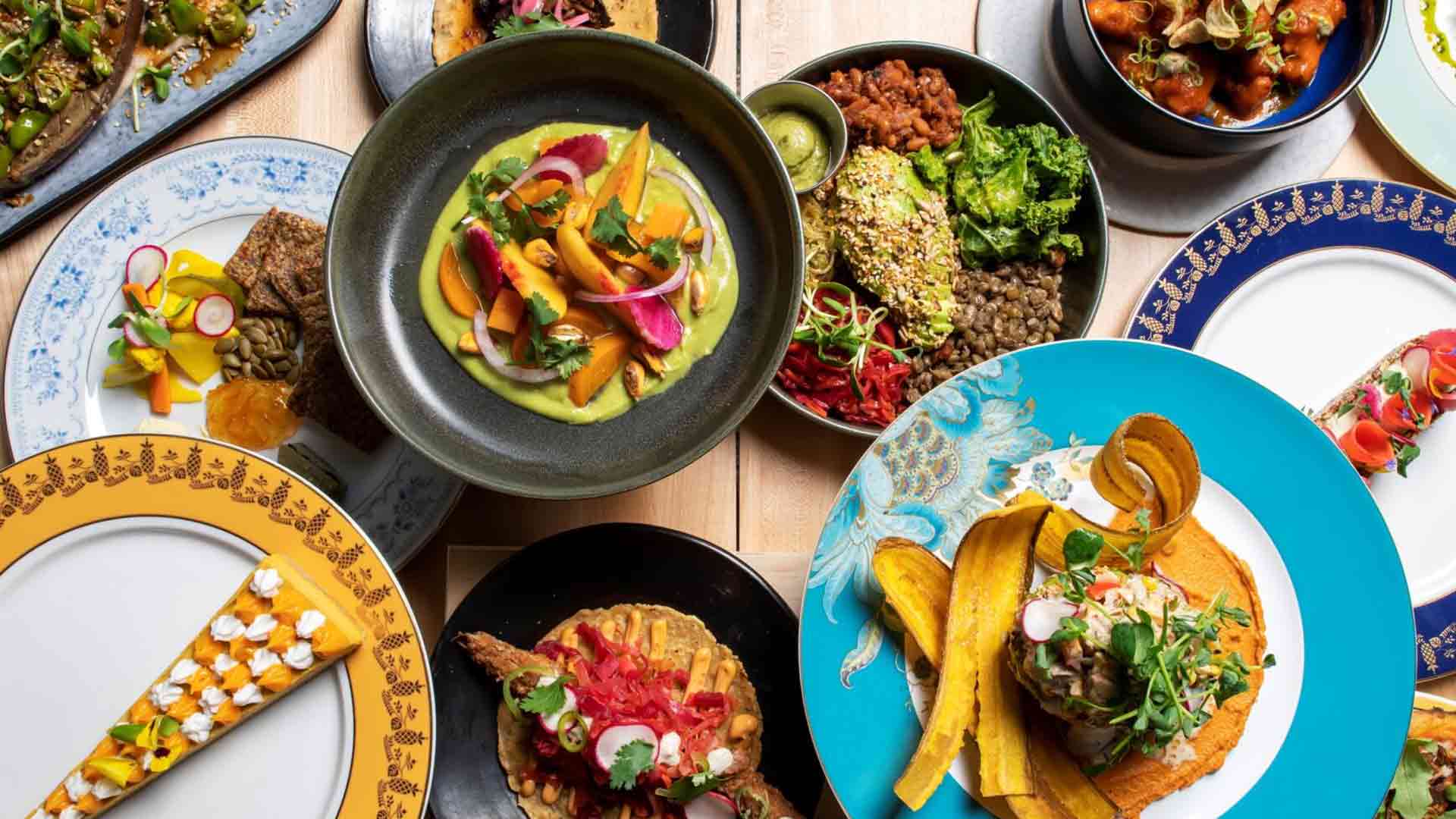From Street Food to Royal Feasts

From Street Food to Royal Feasts: A Culinary Journey Through History
Food, in its myriad forms, is more than just sustenance; it's a cultural cornerstone, a historical record, and a reflection of societal evolution. The journey of food, from humble beginnings to the extravagant spreads of royalty, is a captivating tale of innovation, adaptation, and the ever-changing tastes of humankind. This article delves into the fascinating transformation of food, exploring its roots in street food, its progression through various civilizations, and its ultimate elevation to the tables of kings and queens.
The genesis of food often lies in the simplicity of street food. Before the advent of formal restaurants and expansive kitchens, the streets teemed with vendors offering affordable and accessible meals. These early culinary pioneers catered to the needs of busy workers, travelers, and anyone seeking a quick and satisfying bite. From the ancient Roman thermopolia, serving hot meals and drinks, to the bustling marketplaces of medieval Europe, street food played a vital role in feeding the masses. Consider the tacos of Mexico, the falafel of the Middle East, or the noodles of East Asia – all began as affordable and convenient street fare, gradually evolving and adapting to local tastes and ingredients.
As societies developed and cultures intermingled, culinary practices became more sophisticated. The rise of empires and trade routes facilitated the exchange of ingredients, spices, and cooking techniques. The Silk Road, for instance, played a pivotal role in the diffusion of flavors and culinary ideas between East and West. Spices like cinnamon, cloves, and nutmeg, once rare and expensive, became symbols of wealth and power, transforming ordinary dishes into exotic and luxurious feasts.
The evolution of cooking techniques mirrored societal advancements. The invention of the oven, for example, revolutionized food preparation, allowing for baking, roasting, and the creation of complex dishes. The development of agriculture and improved food preservation methods, such as pickling and salting, ensured a more consistent food supply and expanded culinary possibilities. With the rise of formalized cooking training and the establishment of professional chefs, the art of cooking reached new heights.
The transition from street food to royal feasts involved a gradual shift in focus from practicality to artistry and presentation. The tables of monarchs and nobles became showcases of culinary skill, extravagance, and power. Elaborate banquets were designed to impress guests, display wealth, and reinforce social hierarchies. Dishes were meticulously crafted, employing rare ingredients and complex cooking techniques. The presentation of food became as important as its taste, with elaborate table settings, ornate platters, and meticulously arranged dishes.
The culinary influence of different cultures played a significant role in shaping the royal table. The Romans, renowned for their elaborate feasts, introduced the concept of multiple courses and refined cooking techniques. The French, with their emphasis on sauces, pastries, and elegant presentation, further elevated the art of cooking. The Chinese, with their intricate methods of preparing and balancing flavors, contributed to the diversity and complexity of royal cuisine.
In modern times, the culinary journey continues to evolve. The accessibility of information through the internet and the rise of global travel have fostered a greater appreciation for diverse cuisines. Chefs are experimenting with new ingredients, techniques, and fusion concepts, pushing the boundaries of culinary creativity. The emphasis on fresh, local ingredients and sustainable practices reflects a growing awareness of the impact of food production on the environment and society. The simplicity of street food often coexists with the sophistication of fine dining, and it’s possible to find restaurants worldwide offering both, reflecting the ever-changing landscape of the culinary world.
In conclusion, the journey of food from street food to royal feasts is a testament to human ingenuity, cultural exchange, and the enduring power of taste. The evolution of cuisine is a story of adaptation, innovation, and the constant pursuit of culinary excellence. As we continue to explore and experiment with food, the journey will undoubtedly continue to surprise and delight us, shaping our tastes and enriching our understanding of the world around us.